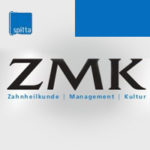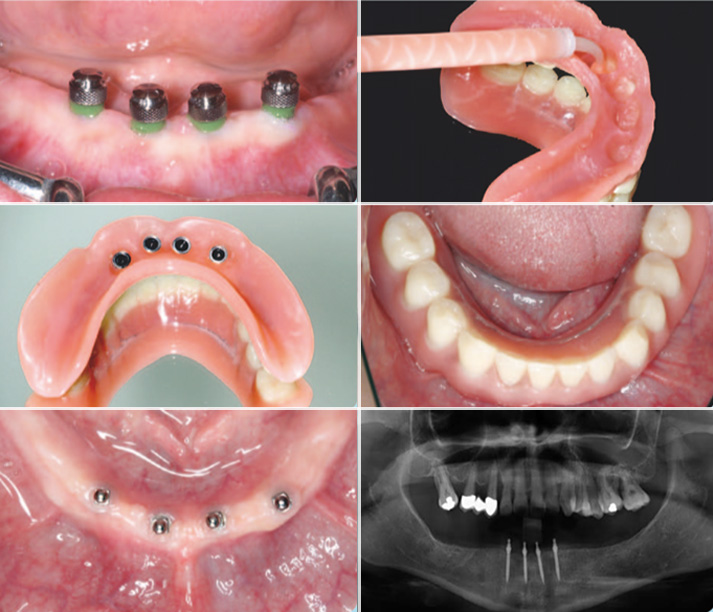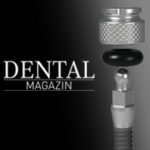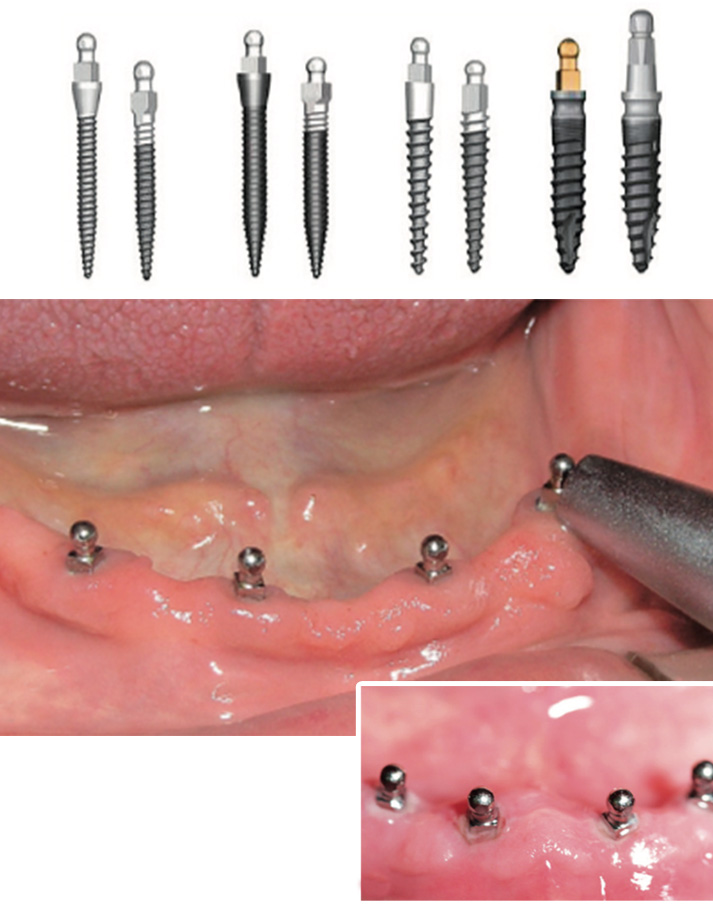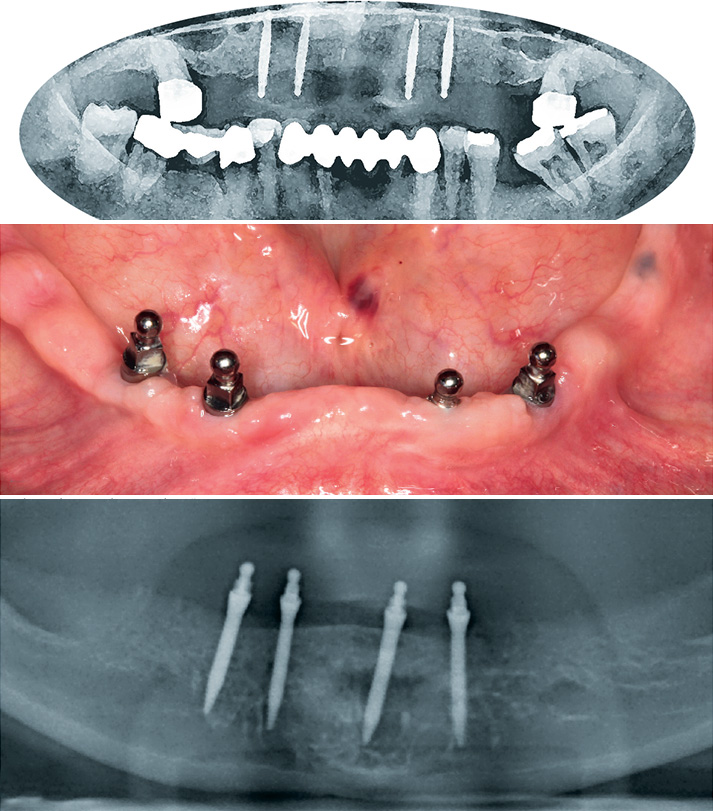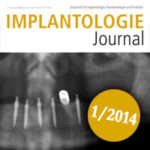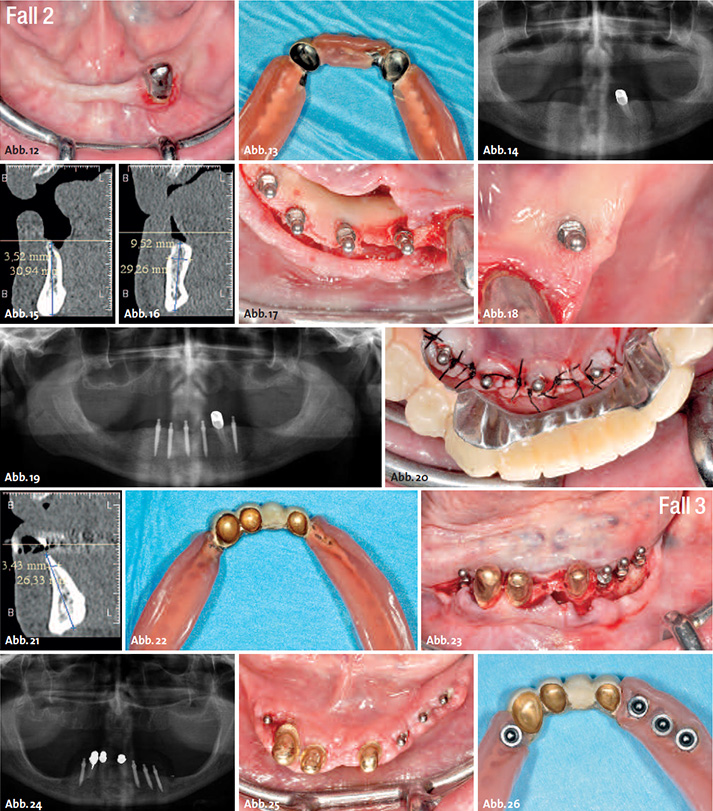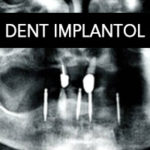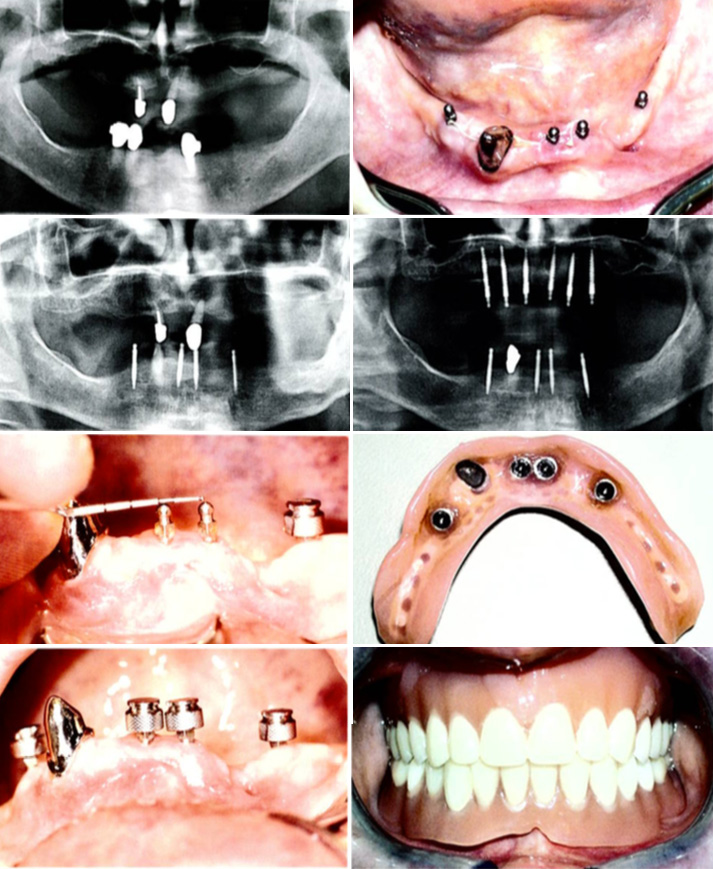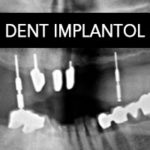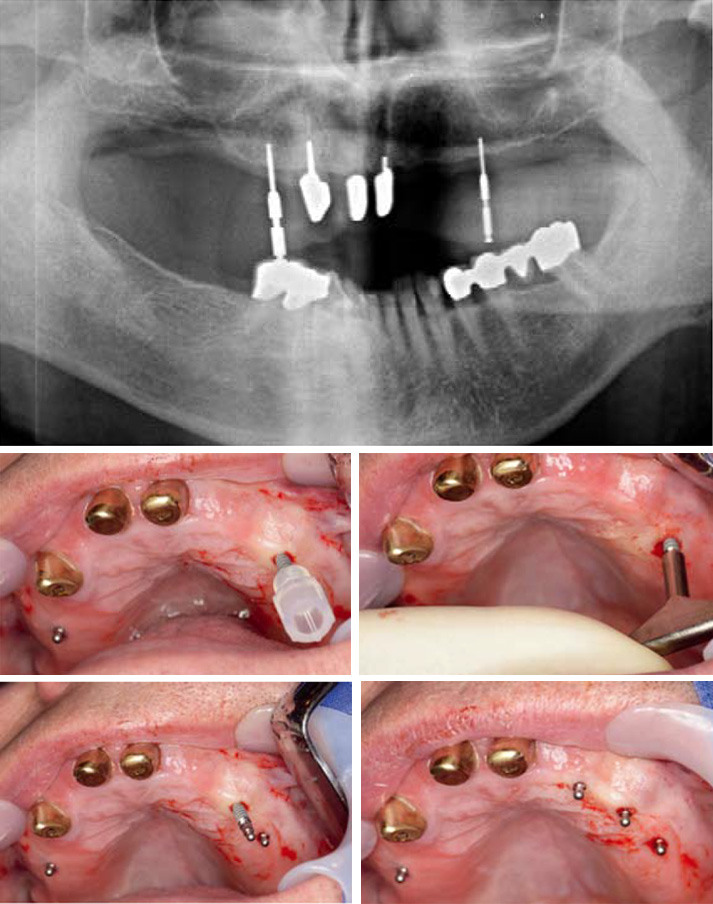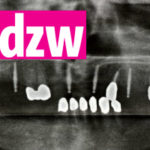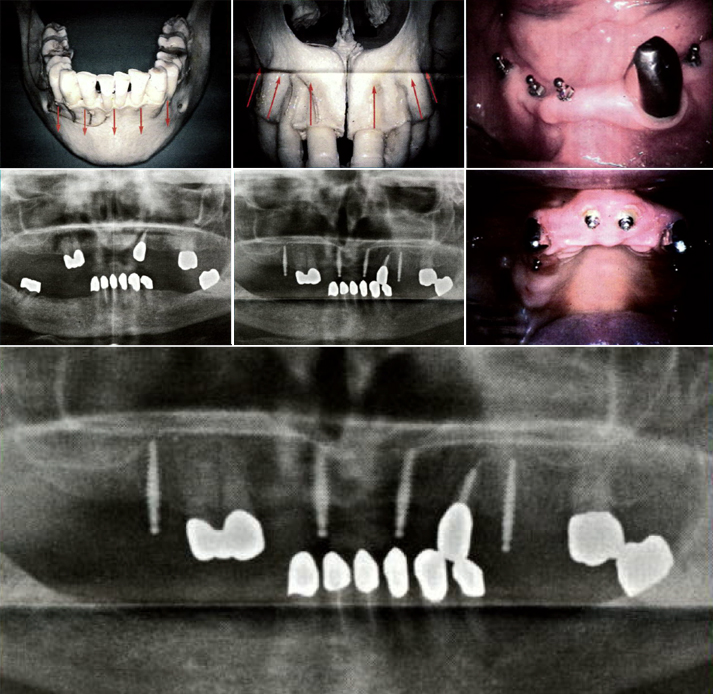DZZ | Deutsche Zahnärztliche Zeitschrift – October 2014 – Failure analysis of mini dental implants used for complete dentures stabilization
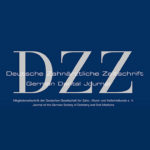
DZZ | Deutsche Zahnärztliche Zeitschrift • October 2014
Failure analysis of mini dental implants used for complete dentures stabilization
Prof. Dr. Torsten Mundt Center for Dental, Oral and Maxillofacial Surgery Greifswald Polyclinic for dental prosthetics and materials science University Medical Center, Reiner Biffar University of Greifswald · Department of Prosthodontics, Geriatric Dentistry and Medical Materials Science, Friedhelm Heinemann University of Greifswald · Department of Prosthodontics, Geriatric Dentistry and Medical Materials Science, T. Stark, Christian Schwahn
Introduction: The aim of this study was to analyse possible factors for the loss of mini-implants with diameters between 1.8 and 2.4 mm used in the stabilization of complete dentures.
Methods: A total of 79 women and 54 men (mean age of 71.2 ± 9.8 years) were examined and interviewed in 9 dental practices. The patient records were evaluated retrospectively.
The cumulative implant survival rates were depicted with Kaplan- Meier curves and the potential risk factors were evaluated using Cox regression analyses (P < 0.05).
Results: Out of 336 mini-implants in 54 maxillae 15 were lost and out of 402 mini dental implants in 95 mandibles 11 were lost due to the lack of or loss of osseointegration. Furthermore, 2 mini-implants fractured during insertion and two more were fractured after 4 and 32 months. The 4-year implant survival rate was 95.4 % in the anterior maxilla, 91.8 % in the posterior maxilla, 97.0 % in the anterior mandible and 91.1 % in the posterior mandible. Without including the fractured mandibular implants, the 4-year survival rate was 97.6 % in the anterior mandible and 95.1 % in the posterior mandible. Significant differences were found between anterior and posterior placement areas (P = 0.039) but not between the jaws (P = 0.188). The survival rate of mini dental implants with a length of 10 mm was lower than the survival rate of longer implants (90.7 % versus > 95 %, P = 0.044). The factors sex, age, and smoking habits were not significant. In the Cox regression analysis, neither the placement area nor the implant length showed a significant Hazard ratio after adjustment.
Conclusion: The 4-year survival rates of mini-implants used in the stabilization of complete dentures were acceptable in both jaws. The failures tended to be more frequent in the posterior area and for shorter implants.
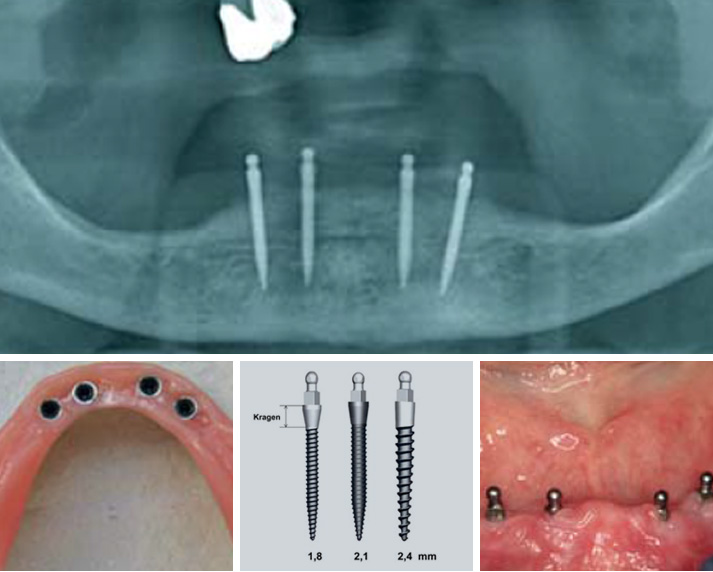
References
1. Andreiotelli M, Att W, Strub JR: Prosthodontic complications with implant overdentures: a systematic literature review. Int J Prosthodont 2010;23:195–203
2. Bulard RA, Vance JB: Multi-clinic evaluation using mini-dental implants for long-term denture stabilization: a preliminary biometric evaluation. Compend Contin Educ Dent 2005;26:892–897
3. Cho SC, Froum S, Tai CH, Cho YS, Elian N, Tarnow DP: Immediate loading of narrow-diameter implants with overdentures in severely atrophic mandibles. Pract Proced Aesthet Dent 2007;19:167–174
4. Ellis JS, Levine A, Bedos C et al.: Refusal of implant supported mandibular overdentures by elderly patients. Gerodontology 2011;28:62–68
5. Elsyad MA, Gebreel AA, Fouad MM, Elshoukouki AH: The clinical and radiographic outcome of immediately loaded mini implants supporting a mandibular overdenture. A 3-year prospective study. J Oral Rehabil 2011;38:827–834
6. Elsyad MA, Ghoneem NE, El-Sharkawy H: Marginal bone loss around unsplinted mini-implants supporting maxillary overdentures: a preliminary comparative study between partial and full palatal coverage. Quintessence Int 2013;44:45–52
7. Flanagan D, Mascolo A: The mini dental implant in fixed and removable prosthetics: a review. J Oral Implantol 2011;37:123–132
8. Fu h LJ, Huang HL, Chen CS et al.: Variations in bone density at dental implant sites in different regions of the jawbone. J Oral Rehabil 2010;37:346–351
9. Griffitts TM, Collins CP, Collins PC: Mini dental implants: an adjunct for retention, stability, and comfort for the edentulous patient. Oral Surg Oral Med Oral Pathol Oral Radiol Endod 2005;100:e81–e84
10. Hasan I, Bourauel C, Mundt T, Heinemann F: Biomechanics and load resistance of short dental implants: a review of the literature. ISRN Dent. 2013 May 8;2013:424592. doi:10.1155/2013/424592. Print 2013
11. Hasan I, Bourauel C, Mundt T, Stark H, Heinemann F: Biomechanics and load resistance of small-diameter and mini dental implants: a review of literature. Biomed Tech 2014;59:1–5
12. Huemer P, Huemer B, Gollmitzer I: Mini-Implantate – Möglichkeiten und Grenzen im zahnlosen Unterkiefer. Quintessenz 2013;64:315–325
13. Jofré J, Conrady Y, Carrasco C: Survival of splinted mini-implants after contamination with stainless steel. Int J Oral Maxillofac Implants 2010;25:351–356
14. Lindhe J, Meyle J: Peri-implant diseases: Consensus Report of the Sixth European Workshop on Periodontology.J Clin Periodontol 2008;35(Suppl.8):282–285
15. Morneburg TR, Pröschel PA: Success rates of microimplants in edentulous patients with residual ridge resorption. Int J Oral Maxillofac Implants 2008;23:270–276
16. Mundt T, Schwahn C, Stark T, Biffar R: Clinical response of edentulous people treated with mini dental implants in nine dental practices. Gerodontology 2013, Jul 17. doi:10.1111/ger.12066. [Epub ahead of print]
17. Scepanovic M, Calvo-Guirado JL, Markovic A et al.: A 1-year prospective cohort study on mandibular overdentures retained by mini dental implants. Eur J Oral Implantol 2012;5:367–379
18. Shatkin TE, Shatkin S, Oppenheimer BD, Oppenheimer AJ: Mini dental implants for long-term fixed and removable prosthetics: a retrospective analysis of 2514 implants placed over a five-year period. Compend Contin Educ Dent 2007;28:92–99
19. Shatkin TE, Petrotto CA: Mini dental implants: a retrospective analysis of 5640 implants placed over a 12-year period. Compend Contin Educ Dent 2012;33:2–9
20. Slot W, Raghoebar GM, Vissink A, Huddleston Slater JJ, Meijer HJJ: A systematic review of implant-supported maxillary overdentures after a mean observation period of at least 1 year. Clin Periodontol 2010;37:98–110
21. Vittinghoff E, McCulloch CE: Relaxing the rule of ten events per variable in logistic and Cox regression. Am J Epidemiol 2007;165:710–718
22. Wallace RH: The relationship between cigarette smoking and dental implant failure. Eur J Prosthodont Rest Dent 2000;8:103–106

